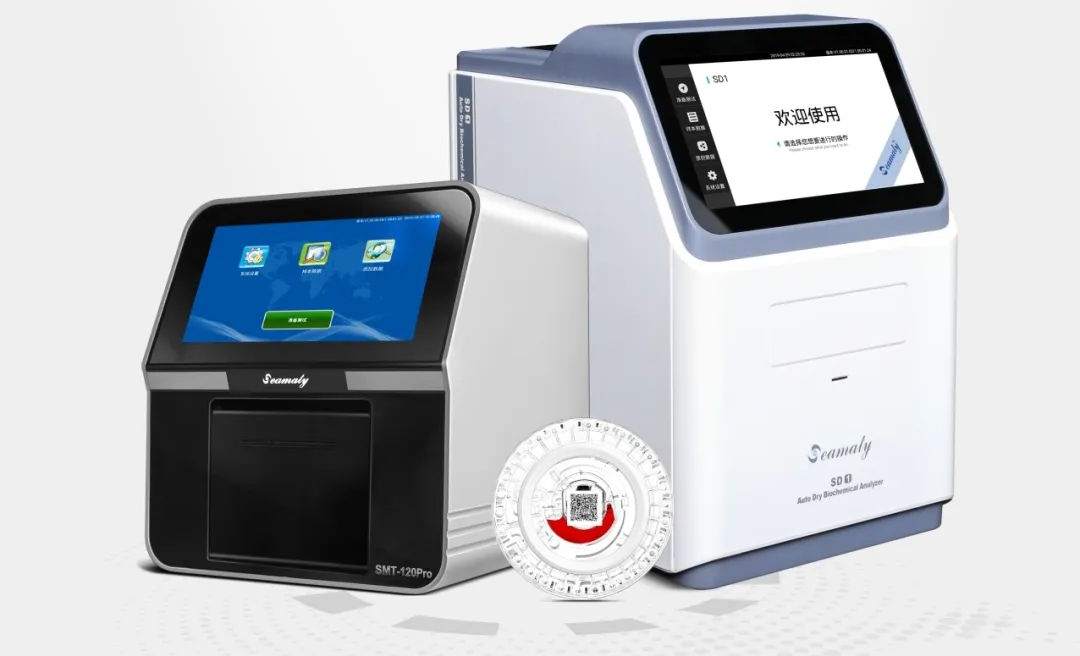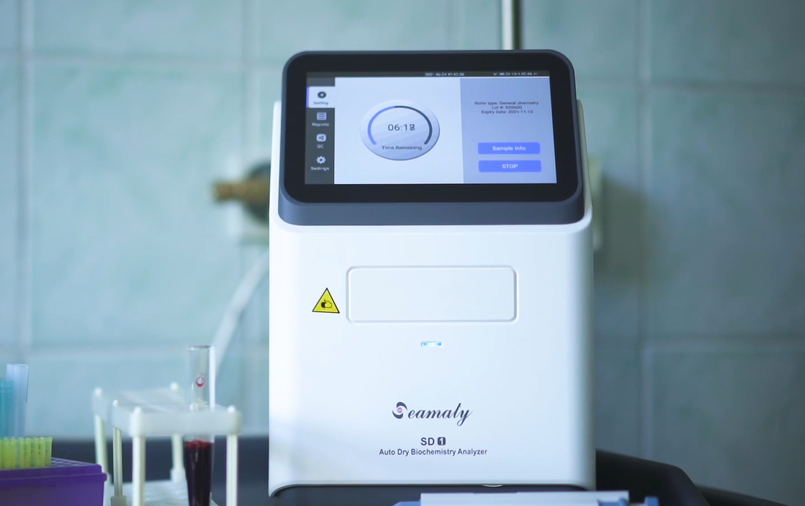In order to assess a patient during a consultation and gather diagnostic information, point-of-care (POC) diagnostic equipment are employed. These tools are used to test for drugs of misuse, infectious disorders, and pregnancy. They also analyze electrolytes and enzymes and measure glucose and cholesterol levels. POC diagnostic tools can also be used to do blood gases, cardiac indicators, and fecal occult blood tests. Doing the tests at the point of treatment has a number of benefits, including immediate results and quicker implementation of therapy, if necessary. These tools can deliver immediate findings, enhancing the prompt delivery of patient care by more knowledgeable healthcare personnel.
Point-of-care testing (POCT)
Point-of-care testing is laboratory work done away from a centralised lab, usually at or near a clinical treatment site or by the patient themselves (POCT). Patients may perform some point-of-care testing (POCT) at home, but healthcare professionals typically perform these tests. Point-of-care testing is commonly utilised in emergency rooms and other settings where a timely diagnosis and treatment is essential. The benefits of point-of-care testing (POCT) over centralised laboratory testing are numerous.
The detection and measurement range of POCT extends to a wide variety of analytes. Tests for drugs, infectious diseases, and HIV are all examples of point-of-care tests (POCTs). So are tests for blood gases, cardiac markers, urinalysis, creatinine, and prothrombin time/international normalised ratio (INR). Point-of-care testing (POCT) has become increasingly popular due to a number of factors, including its speed, low cost, and ease of use, but technological advances such as lab-on-a-chip systems, which utilise miniaturisation, micromachining, microfluidics, nanotechnology, and wireless communication, have also played a role.
Common POC test:
The following list includes the most popular point-of-care tests:
• Blood glucose monitoring
• Home pregnancy tests
Other common tests are for
• Rapid strep
• Hemoglobin
• Fecal occult blood
• Prothrombin time/international normalised ratio (PT/INR) is a measurement for people who take the blood thinner warfarin.
Applications of POC devices:
The following are some typical applications for point-of-care diagnostic devices:
• Alcohol or drug tests
• Blood glucose level testing
• Cholesterol testing
• tests to see if there are any signs of infection
• Checking faeces for signs of colon cancer
• Blood markers for some heart problems
• Blood gas levels that might be cause for concern
• Analysis of whether or not the sample has electrolytes and enzymes
DIAGNOSTIC HEMATOLOGY
Point-of-care the majority of hematology point-of-care testing entails monitoring coagulation with tests like prothrombin time and INR for warfarin-treated patients, and testing haemoglobin and hematocrit with blood gas instruments.
POC INR testing is becoming increasingly popular because it allows patients to quickly check their INR with a device and report the results to their doctor (either in person or over the phone).
CLINICAL CHEMISTRY
When it comes to clinical chemistry, glucose testing is by far the most common use of point-of-care testing (POCT). The global market for point-of-care testing (POCT) devices was worth $8.2 billion in 2015, with 53.7% of that coming from glucose test strips. Tight glycemic control was previously only possible with the use of point-of-care testing (POCT) for blood sugar in the privacy of one's own home or in a nursing home. Later, it found use in healthcare facilities such as ICUs and post-op wards. Over time, damage to blood vessel function caused by diabetes is lessened when blood sugar levels are kept within a healthy range.
CLINICAL MICROBIOLOGY
Antibodies are commonly used as biorecognition components in point-of-care testing immunodiagnostics, and the biomolecular interaction is observed using high-tech equipment supplied by the assay manufacturer in traditional clinical laboratories. Antibodies, both monoclonal and polyclonal, are widely used as recognition elements.
Benefits of POCT Testing
POC devices offer a wide range of benefits, including:
• Rapid delivery of lab-quality data
• thorough near-patient diagnosis
• fewer clinical visits required
• more time to devote to therapy
• Compact, user-friendly POC devices with powerful vision systems can have a real impact on the medical industry
• These devices allow clinicians to conduct tests outside of the lab because the camera in the POC device analyses the contents of the sample to produce visual data that can then be processed by software
• This makes it possible for medical professionals to remotely receive lab-quality results, enabling the early and improved detection of serious and even possibly deadly disorders
• Sample Quality
• Quality Assurance
• Connectivity
• Speed
• Portability


